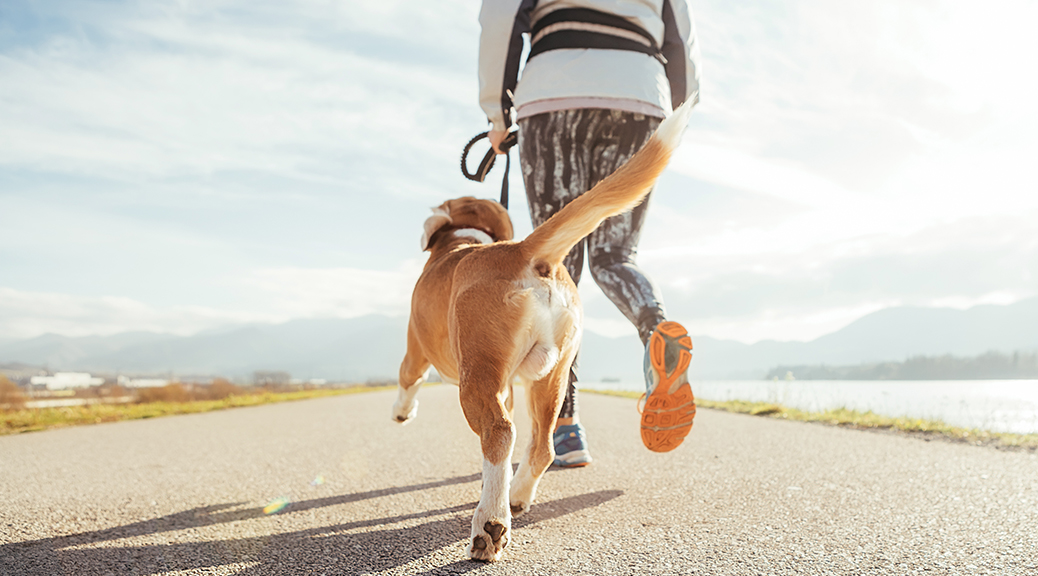Canine Fitness Month Is For Everybody
April is celebrated as Canine Fitness Month every year to bring awareness to the fact that, despite many indications otherwise, not all dogs are getting enough exercise.
We notice the ones trotting down the trail with their owners, splashing in and out of lakes and tearing around the bark park with their equally energetic compatriots.
The truth, though, is the majority of Americans live sedentary lives, and that tends to carry over into pets’ lifestyles as well. Almost all owners are able to take their dogs outside to do their business, but it’s recommended that dogs (and humans) get at least 30 minutes of exercise per day, which is most easily done with a walk around the neighborhood or a nearby park.
We know this isn’t always easy to do, especially for senior dogs or those recuperating from an injury, as well as for many owners who aren’t as quick on their feet as they’d like to be.
There are many gentle exercises and games that most pups and their parents should be able to do without too much physical strain and enjoy the spring and summer together:
- Walk at your own pace — Keep both of you moving as well as you can, whatever that pace may be. Start out with shorter walks, and keep an eye on senior dogs the next day for limping or lack of interest. You guys don’t have to take a walk every day if you can mix it up with other healthy physical activities for both of you.
- Fetching together — Most dogs will be able to enjoy this activity, just adjust the distance you throw the ball to your pet’s ability and fitness level. It’s good for both of you if you run or walk over to the toy, too! If they’re not accustomed to or interested in playing fetch, a gentle tug-of-war can work, or you can try a treat dispenser as long as you make sure the ball keeps moving and use lower-calorie treats as the “bait.”
- Water aerobics — If your dog is naturally inclined or has a history of enjoying swimming and water activities, this can be a great way to get them moving again and is perfect for rehabbing after an injury. Dog-paddle with them, play fetch with floating toys, or even try taking them paddleboarding. Seriously consider buying a well-fitting life jacket for safety.
- Putting up obstacles — Keep things interesting by hiding favorite toys and treats under furniture, under blankets and clothes, and behind (open) doors. You can even create mazes and tunnels by lining up pillows inside or setting up branches, twigs, and cones outside. Again, just adjust these activities to your pet’s ability and fitness level so they’ll have a great time!
New tricks — Contrary to the axiom, older dogs can learn new tricks, in many cases more easily than younger ones since they are calmer and less distractible. Teaching them names for favorite objects, to put away their toys after playing, or even to yawn on command stimulates their brains as well as their bodies. The most important ingredient for success is a trusted pet parent or trainer who provides consistent signals.

